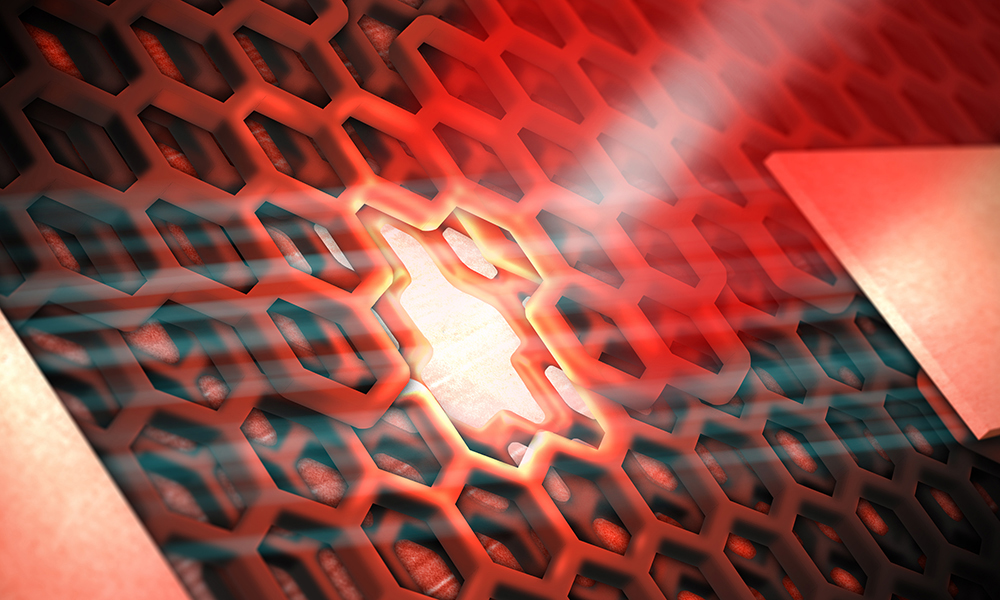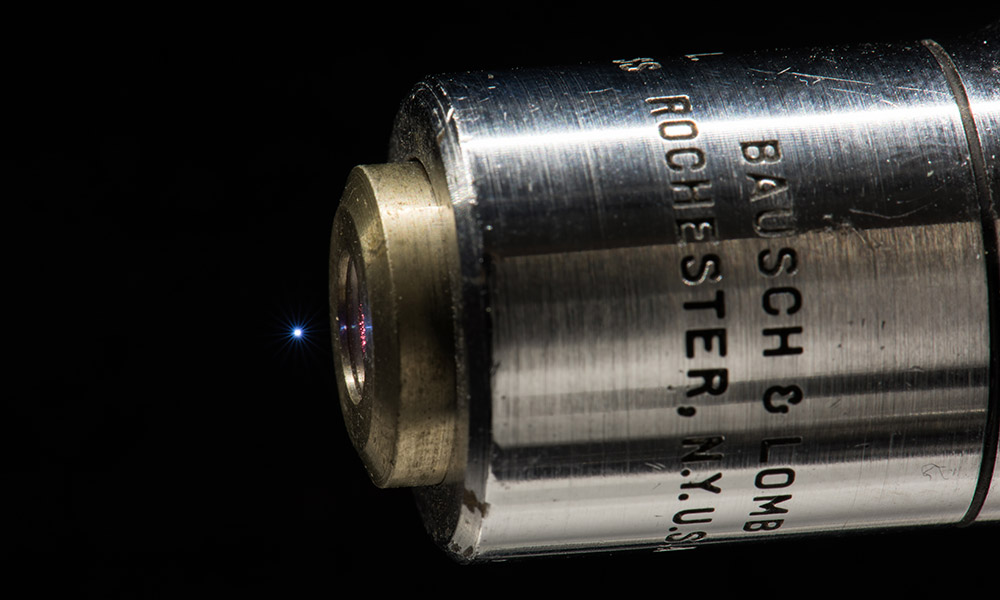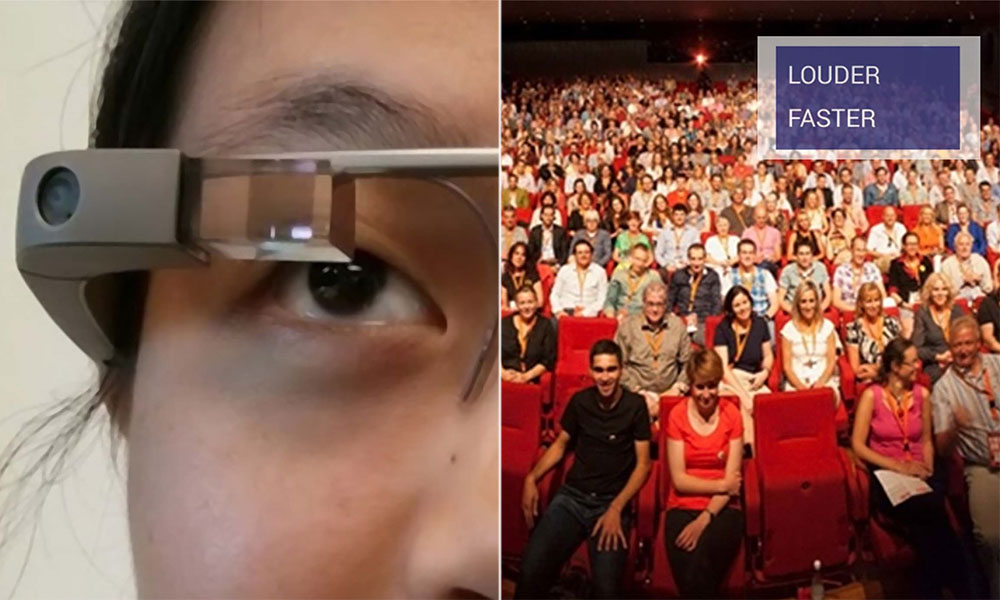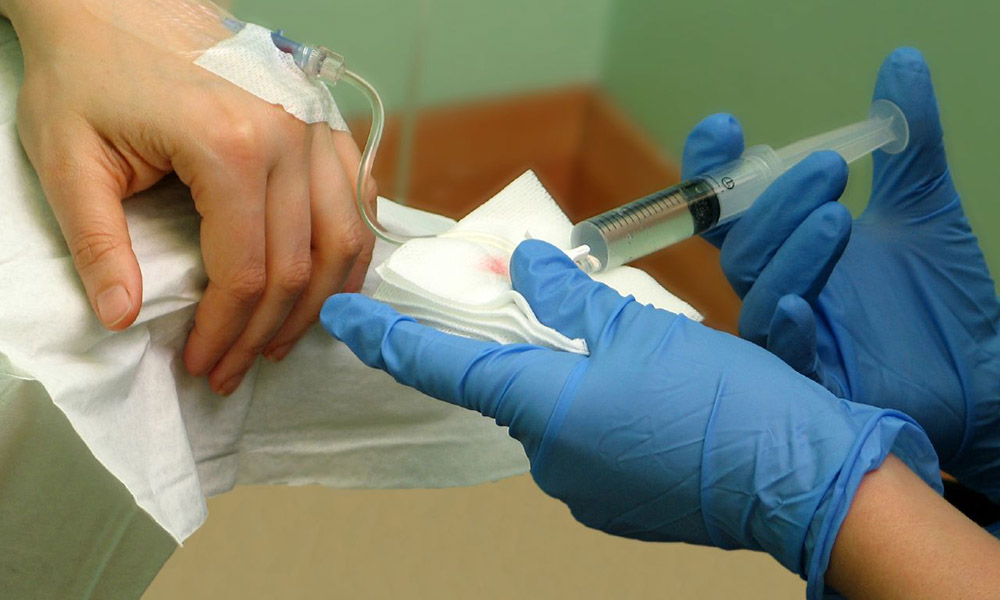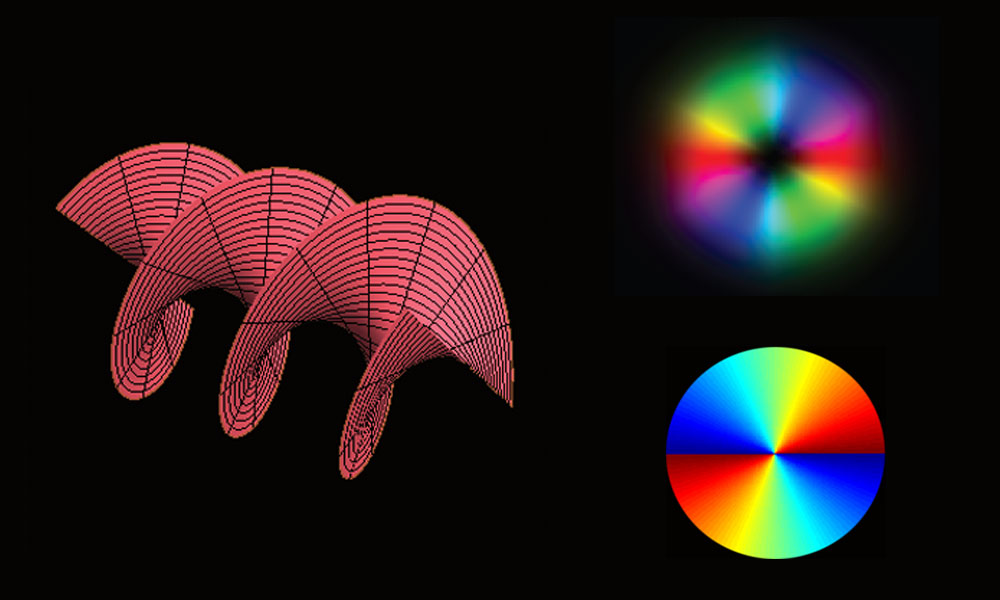
Society & Culture
Thinking alike changes how we speak
May 19, 2015
As social creatures, we tend to mimic each other’s posture, laughter, and other behaviors, including how we speak. Now a new study from brain and cognitive sciences researchers shows that people with similar views tend to more closely mirror, or align, each other’s speech patterns. In addition, people who are better at compromising align more closely.

